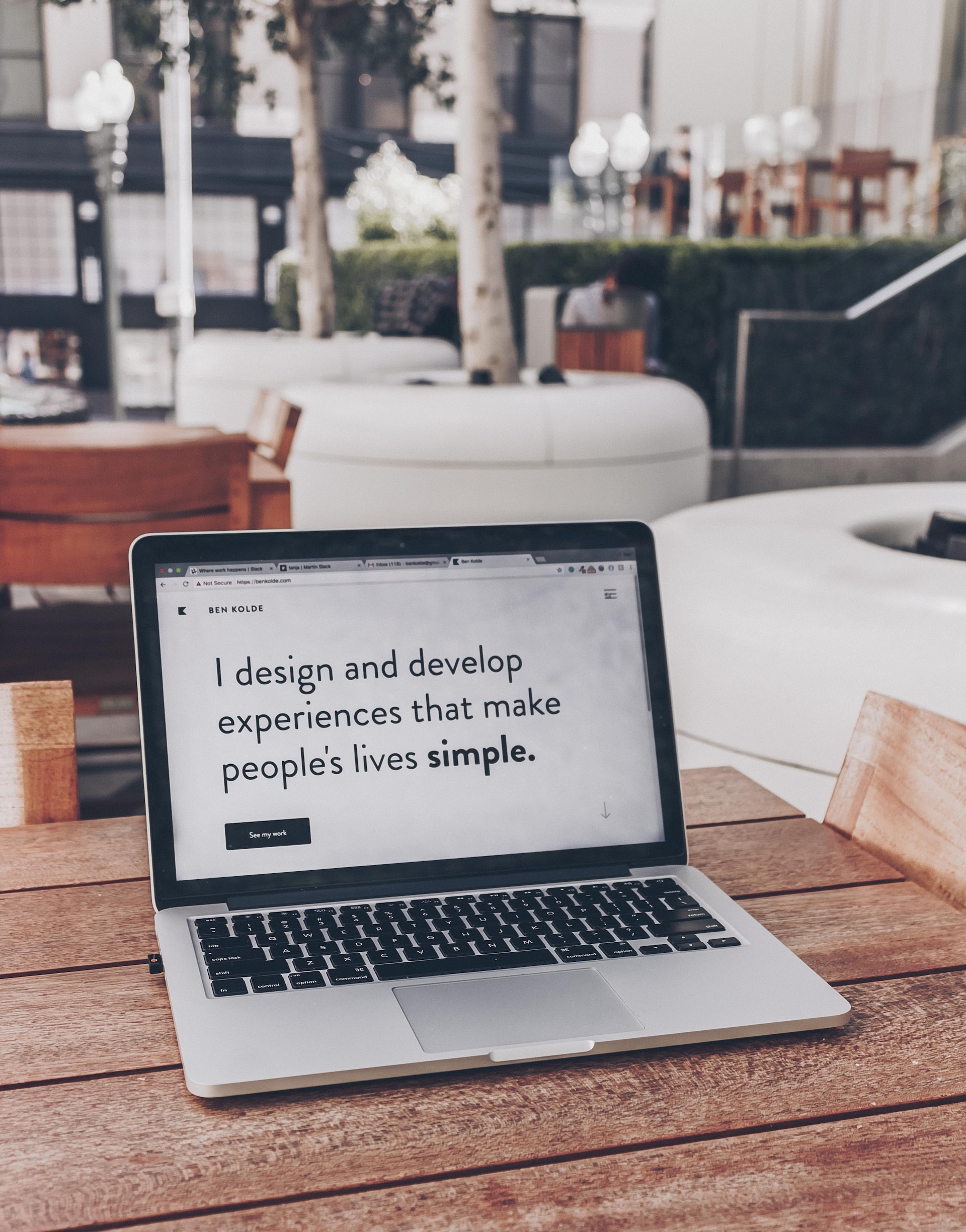Building Inclusive and Accessible Web Pages
 Malcolm MikaZuki
Malcolm MikaZukiTable of contents

Introduction:
In today's digital landscape, creating web pages that are inclusive and accessible to all users is not only the right thing to do, but it's also essential for providing equal opportunities and experiences. In this blog post, we will explore key principles and practical tips to help developers build web pages that prioritize inclusivity and accessibility, ensuring that everyone can access and engage with the content regardless of their abilities or disabilities.
Understanding Inclusivity and Accessibility:
a. Inclusivity: Designing web pages with inclusivity in mind means considering the needs of a diverse range of users, including those with disabilities, language barriers, or varying cognitive abilities. b. Accessibility: Ensuring accessibility involves creating web pages that can be used and understood by individuals with disabilities, such as visual, auditory, motor, or cognitive impairments.

Semantic HTML:
a. Structure: Use proper HTML markup to create a clear and logical structure for your web pages, utilizing semantic elements like headings, paragraphs, lists, and landmarks. b. Meaningful Labels: Provide descriptive and concise labels for form inputs, buttons, and interactive elements to assist screen readers and users navigating via keyboard.

Color Contrast and Visual Design:
a. Contrast Ratios: Ensure sufficient color contrast between text and background to make content readable for individuals with visual impairments. b. Responsive Design: Create responsive layouts that adapt to different screen sizes, allowing users with varying devices to access and interact with content comfortably.

Keyboard Navigation and Focus Management:
a. Keyboard Accessibility: Design web pages that can be easily navigated using only a keyboard, as some users rely on assistive technologies like screen readers or alternative input devices. b. Focus Indicators: Provide clear and visible focus indicators for interactive elements, allowing keyboard users to understand their current location and easily navigate through the page.
Alternative Text and Media:
a. Alt Text: Include descriptive alternative text for images, ensuring that users with visual impairments can understand the content. b. Captions and Transcripts: Provide captions or transcripts for multimedia content (videos, audio), allowing individuals with hearing impairments to access the information.
Clear and Concise Content:
a. Readability: Use clear and concise language, avoiding jargon or complex terms that may pose challenges for users with cognitive impairments or language barriers. b. Text Size and Line Spacing: Ensure that text is legible by using appropriate font sizes, line spacing, and responsive design techniques.

User Testing and Feedback:
a. Testing with Assistive Technologies: Regularly test your web pages with screen readers, keyboard-only navigation, and other assistive technologies to identify and address any accessibility issues. b. Feedback and Accessibility Statements: Encourage users to provide feedback on accessibility concerns, and consider including an accessibility statement to demonstrate your commitment to continuous improvement.

Conclusion:
Designing and developing web pages with inclusivity and accessibility in mind is an ongoing journey. By following the principles outlined in this guide, you can ensure that your web pages are accessible to all users, creating a more inclusive online experience. By making accessibility a priority, you contribute to a more equitable and inclusive digital world where everyone can participate and engage fully. Let's work together to build web pages that leave no one behind.
TL;DR: Building Inclusive and Accessible Web Pages
Understand inclusivity and accessibility, considering diverse user needs.
Use semantic HTML to create a clear and logical structure.
Ensure sufficient color contrast and responsive design for different devices.
Design web pages that can be navigated using only a keyboard.
Provide descriptive alternative text for images and captions for multimedia.
Use clear and concise language for readability.
Regularly test with assistive technologies and seek user feedback.
Make accessibility a priority for a more inclusive online experience.
Follow me on Twitter: @CodezMikazuki
Thanks for reading, Malcz/Mika
Subscribe to my newsletter
Read articles from Malcolm MikaZuki directly inside your inbox. Subscribe to the newsletter, and don't miss out.
Written by

Malcolm MikaZuki
Malcolm MikaZuki
Junior Full Stack Developer working for myself and few Start-ups. Looking to collab on Projects!